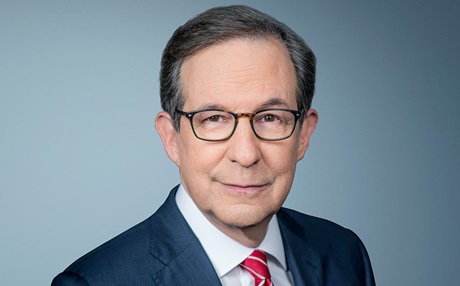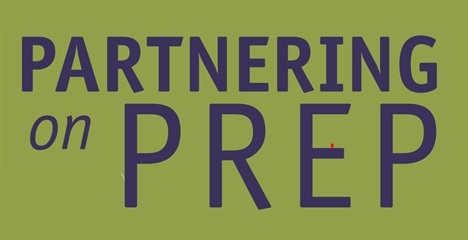Dear Commons Community,
A federal judge yesterday blocked a Louisiana law that was to require a display of the Ten Commandments in every public school classroom in the state, ruling that it is likely unconstitutional and is similar to another state’s law struck down by the U.S. Supreme Court in 1980. As reported in Education Week.
The Louisiana law, H.B. 71, “is impermissible under Stone v. Graham,” said U.S. District Judge John W. deGravelles of Baton Rouge, referring to the high court decision that struck down a similar Kentucky law that required displays of the Ten Commandments.
The judge noted that both laws required such displays on the wall of every public school classroom, contained a “context statement” purporting to explain the historical tradition for such displays, dictated the size of the document, and allowed for private funds to pay the costs.
“Subsequent [Supreme Court] cases do not undermine the application of Stone to this case; they strengthen it, particularly in their emphasis of the heightened First Amendment concerns in the public-school setting given the impressionability of young students and the fact that they are captive audiences,” deGravelles said in his 177-page opinion on Nov. 12 in Roake v. Brumley.
The decision was a victory for Americans United for Separation of Church and State and the American Civil Liberties Union, which represent plaintiffs suing to overturn the measure signed into law June 19 by Gov. Jeff Landry, a Republican. The law also requires that a Protestant version of the Ten Commandments from the King James Bible be used in the classroom displays.
“This ruling should serve as a reality check for Louisiana lawmakers who want to use public schools to convert children to their preferred brand of Christianity,” said Heather L. Weaver, a senior staff lawyer with the ACLU’s Program on Freedom of Religion and Belief.
Rachel Laser, the president and CEO of Americans United, said, “This ruling will ensure that Louisiana families—not politicians or public school officials—get to decide if, when, and how their children engage with religion.”
Louisiana Attorney General Elizabeth Murrill, a Republican, said on the social media platform X that “we strongly disagree with court’s decision & will immediately appeal.”
While the state has numerous arguments about why the law should be upheld under existing precedents, there is a view that the ultimate goal is to get to the Supreme Court, where a conservative majority that has been more open to government accommodation of religion might be willing to overrule the Stone decision and uphold the Louisiana law.
The Louisiana law was set to require the displays by Jan. 1, 2025. State officials defended the requirement as being consistent with history and tradition in this country, and they offered numerous sample displays that showed the Commandments alongside founding U.S. documents or even playfully next to “classroom rules” or the “duel commandments” from the musical “Hamilton.”
DeGravelles, an appointee of President Barack Obama, included the samples in his opinion, but he rejected the state’s arguments that the many possible ways of displaying the Ten Commandments made it impossible for the plaintiffs to succeed on their broad challenge to the law on its face.
The defendants “would have aggrieved parents and children play an endless game of whack-a-mole, constantly having to bring new lawsuits to invalidate any conceivable poster that happens to have the Decalogue on it,” the judge said, noting that the statute still requires the Ten Commandments to be the “central focus” of any display.
DeGravelles rejected the state’s arguments that the 1980 Stone v. Graham decision was no longer good law because the Supreme Court had since rejected a key precedent used in the decision. In Stone, the court ruled 6-3 (in an unsigned opinion issued without oral argument) that the posting of the Ten Commandments on classroom walls served no educational function as they might if they were properly integrated into the curriculum.
Only the Supreme Court may overrule Stone, deGravelles said, which it has not done.
The judge cited a fundraising letter sent by Landry after the lawsuit was filed urging supporters to help him “ADVANCE the Judeo-Christian values that this nation was built upon.”
DeGravelles said such statements and the legislative history behind the statute support a conclusion that “any purported secular purpose was not sincere but rather a sham.”
The judge also rejected the state’s arguments that the historical record showed a longstanding, widespread tradition of displaying the Ten Commandments permanently in public elementary and secondary school classrooms. The state cited such early American schoolbooks as the New England Primer and McGuffey Readers.
DeGravelles credited a report and testimony from the plaintiffs’ expert, Steven Green, a professor of history and religious studies at Willamette University in Salem, Ore., who concluded that history does not support the Louisiana statute’s claim that “the Ten Commandments were a prominent part of American public education for almost three centuries.”
The judge said the plaintiffs have sufficiently alleged that the Louisiana law violates the First Amendment’s prohibition against government establishment of religion “because it does not fit within and is not consistent with a broader tradition in place at the time of the Founding or incorporation [of the amendment to the states].”
“Moreover, even if there were a broader tradition in play, the practice mandated by the act would be inconsistent with that tradition because it is discriminatory and coercive,” deGravelles said.
I am sure this ruling will be appealed to a higher court.
Tony













